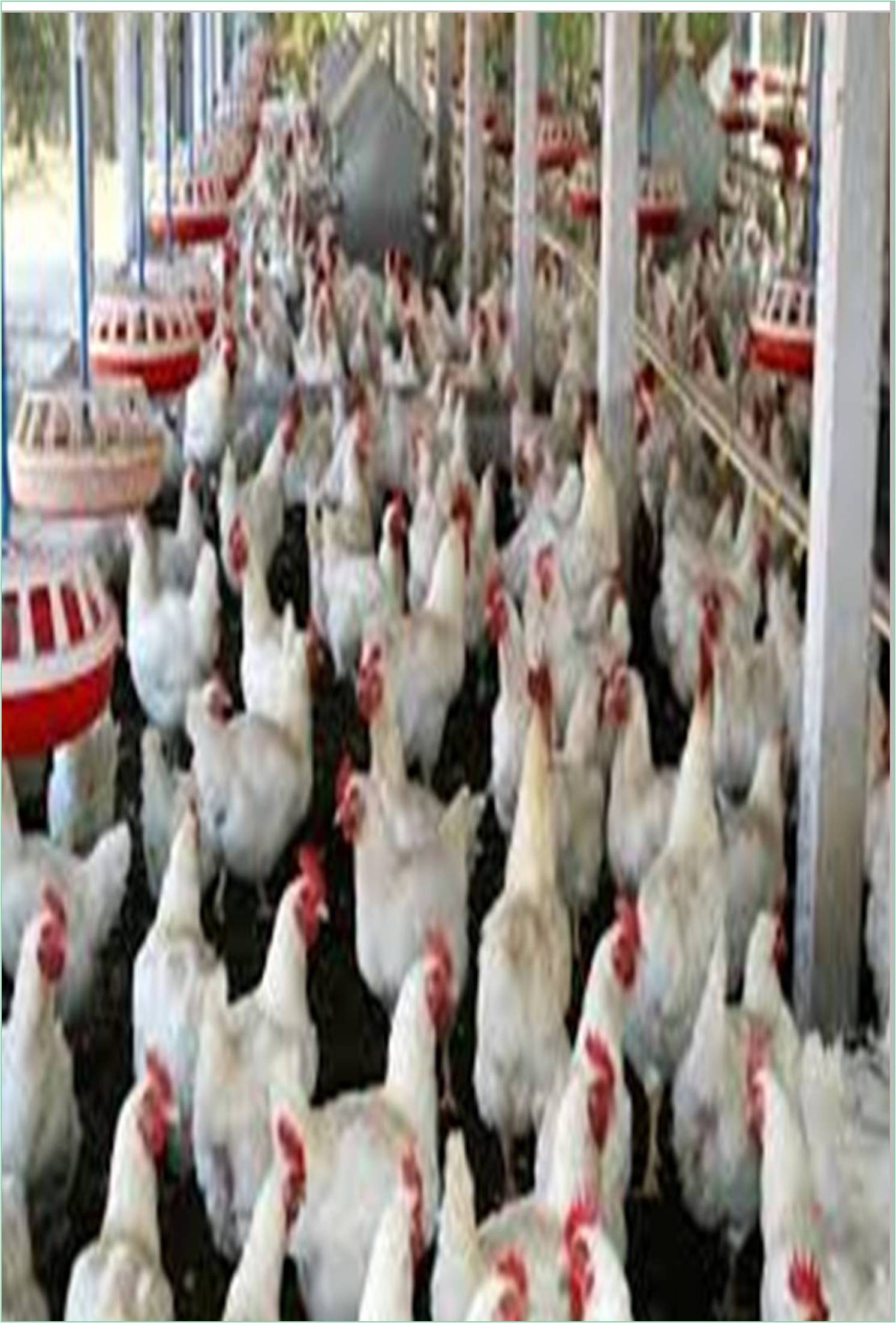



Received: 01-Feb-2022, Manuscript No. GJPFV-22- 60568 ; Editor assigned: 04-Feb-2022, Pre QC No. GJPFV-22- 60568 (PQ); Reviewed: 24-Feb-2022, QC No. GJPFV-22- 60568 ; Revised: 02-Mar-2022, Manuscript No. GJPFV-22- 60568 (R); Published: 08-Mar-2022, DOI: 10.15651/ 2449-1772.22.10.057
Artificial Insemination (AI) is the manual transfer of cloacal. The Cloacal is the chamber just inside the vent where the digestive, urinary, and reproductive tracts end. It is basically a two step process: first, collecting semen from the male and second, fertilizing the female. In poultry, there may be intermittent stages such as semen dilution, storage and evaluation, depending on the goals and objectives of the farm or laboratory. AI has been widely practiced with commercial turkeys. This is mainly due to the selective breeding for a commercial turkey with a heavy and wide breast and the result is tom’s inability to consistently transfer semen to the hen during copulation. The broiler industry has not adopted AI in line with the Turkish industry, although it is occasionally used on hereditary routes and in areas where labor is cheap.
The goal of AI is to produce fertilized eggs between successive fertilizations. To accomplish this, weekly pregnancies must replenish the sperm population at the Uterine Junction (UVJ) Sperm Storage Tubes (SSTs). Birds do not have an estrus cycle that synchronizes copulation with ovulation. Alternatively, approximately 7-10 days before their first ovulation, the chickens attach, the sperm meets the egg, and then enter the SST. At the beginning of egg production, individual sperm are slowly released from the SSTs, transported to the anterior end of the ovary, and interact with the surface of the ovum for recent studies. Whether fertilized or not, the ovum is transported through the ovaries within the next 24-26 hours, including the outer Peritoneal Layer (PL) in the infundibulum, the albumin in the magnum, the shell membrane in the isthmus, and the hard shell (also called the gland) before ovulation. If fertilized, the blastoderm in the first egg contains 40,000-60,000 cells in a turkey and 80,000-100,000 cells in a chicken.
AI is an important tool for improving the reproductive performance of low-breeding birds, especially broiler breeders and turkeys, due to their high body weight. Although AI is a well-developed technology in cattle, it is not as well developed in poultry because there is no standard technology available for long-term storage of poultry semen. Currently available technologies allow semen to be collected and used immediately for fertilization with or without dilution using semen diluents in a 1:2 ratio. Semen extracted from a cock is sufficient to incubate 5 to 10 chickens depending on semen size and sperm density.
At farms, where AI is practiced, males are kept in individual cages where there is sufficient space for birds to move. There should be a specific team that works in conjunction with semen collection and pregnancy. Frequent changes in the crew of the team can affect the normal behavior of the birds. Strict management should be avoided, otherwise it will develop a panic reaction, which will affect the semen volume during ejaculation.
Characteristics of Poultry Semen
Semen contains spermatozoon and seminal plasma. Chicken semen is usually highly concentrated (3 to 8 billion spermatozoa per ml for broiler chickens). This is due to the presence of limited seminal plasma as the associated reproductive organs are not present in the avian species. Seminal plasma originates from the testes and excretory ducts. During ejaculation a large amount of lymphatic fluid (also known as a transparent fluid) of local origin can be added to the semen. Adding a transparent fluid to the semen during ejaculation previously serves as an active medium for non-motile spermatozoa, thus ensuring their transport from the site of deposition to the sperm storage ducts at the cervical- vaginal junction ovary.
In conclusion, artificial insemination is a common practice in the poultry industry, almost used in the turkey industry in North America and Europe to produce hatching eggs. The broiler industry does not adopt AI for a number of reasons: due to the large number of broiler breeders who have to breed once a week, the cost of labor can be quite substantial. In fact effective, low-cost ways to conceive (housing and catch chickens) need to be developed; and finally, after a few generations of broilers breeding by AI, there is concern that behaviors associated with natural mating may be less dominant. Despite these concerns, the advantages of AI for broilers include the following: the male to female ratio for natural mating increases from 1:10 to 1:25 with AI. As fewer males are needed, there will be more selective pressure on male traits of economic importance and subsequently genetic progression will increase with each generation. Biosecurity concerns associated with “spiking” aging hen herds with new or younger males are eliminated to increase the frequency of breeding and fertility and differences in body shape between males and females that affect sperm transfer during intercourse can no longer be considered.